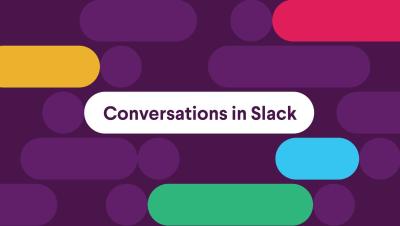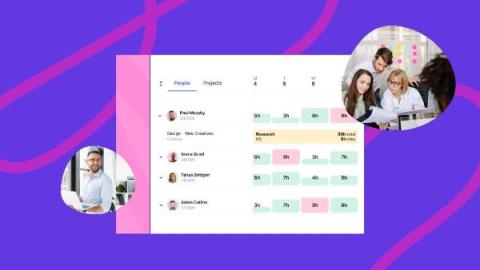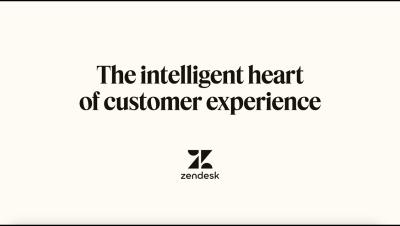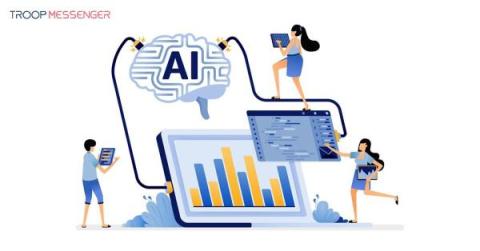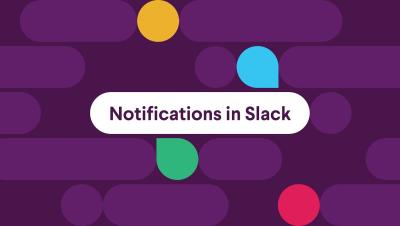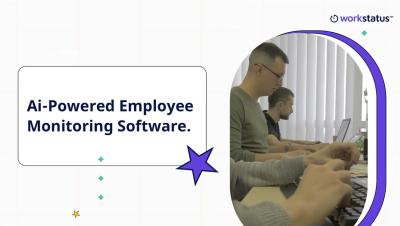Teams | Collaboration | Customer Service | Project Management
%term
6 of the best lean project management software
With a laser-like focus on eliminating waste through continuous improvement, it’s easy to see why lean project management has caught on even outside its manufacturing origins. Today, lean has become one of the leading styles of project management across software development, marketing, manufacturing, and more. Companies ranging from Intel to John Deere to Nike have implemented lean manufacturing and seen powerful results.
The principles of lean project management
Did you know that businesses waste $1 million every 20 seconds because of poor project performance? It’s a staggering number for sure, and for growth-focused agencies especially, it’s a statistic to avoid becoming a part of. That’s where lean thinking comes into play: to help agencies avoid waste and inefficiencies and keep projects more streamlined and profitable.
Help My AI! presents: Zendesk
Top 6 Benefits of AI and Machine Learning to Boost Efficiency in the Workplace
In an era marked by rapid technological advancements, Artificial Intelligence (AI) and Machine Learning (ML) stand out as monumental game-changers. These aren't just fleeting tech trends. They actually represent a major shift in how businesses operate today. Rewind a few decades, and the business world was a realm dominated by manual processes, often leading to inefficiencies, delays, and human errors.
Boosting email conversion rates: Best practices and key metrics
The stats about email marketing ROI seem almost too good to be true: $36 for every $1 spent is a heck of a return. But results like those don’t happen simply by deciding to send a few sporadic marketing emails. They happen when you send the right emails to the right people at the right time, pushing them to the right outcomes.
Your essential guide to Slack notifications | Slack 101
Understanding the MOCHA method in project management
If you’ve tried RACI models for clarifying responsibilities in your marketing project management efforts, did you get the results you were hoping for? For some agencies, RACI delivers incredible clarity. But others find it a little underwhelming, vague, or even confusing. Divvying up project roles into four categories (responsible, accountable, consulted, and informed) is one way to bring clarity to a project.
Revolutionise Your Workforce with Workstatus Employee Productivity Software.
Disciplined Agile 101: Your comprehensive guide to DA
Does it ever feel like following an agile approach isn’t as, well, agile as it’s supposed to be? For all the advantages agile delivers, there are trade-offs. And sometimes, the framework ends up getting in the way of business agility. Some are turning to a hybrid approach in an effort to achieve better adaptability — and greater agility — throughout the delivery lifecycle. This hybrid approach is a scaled agile framework called Disciplined Agile.


